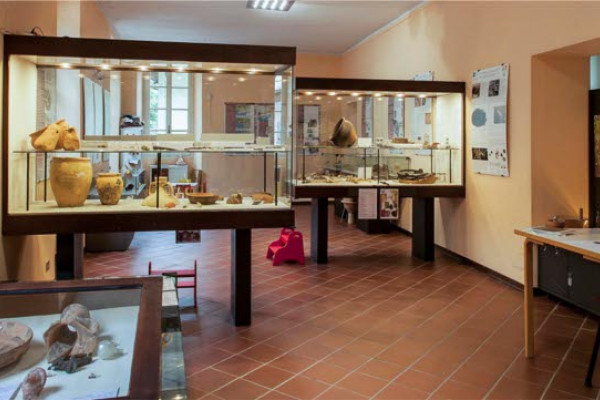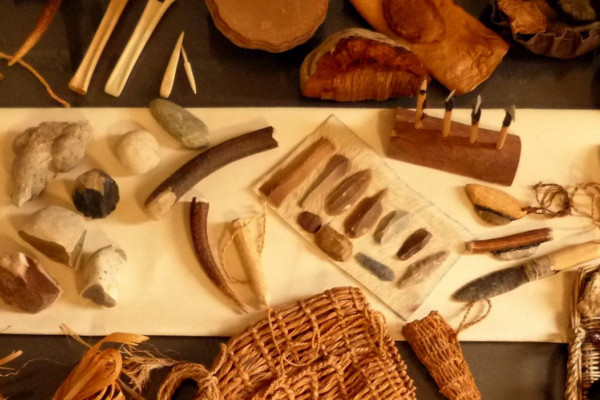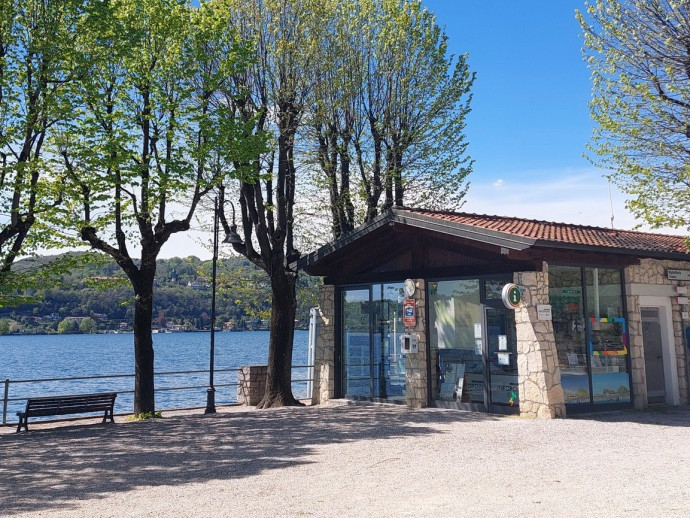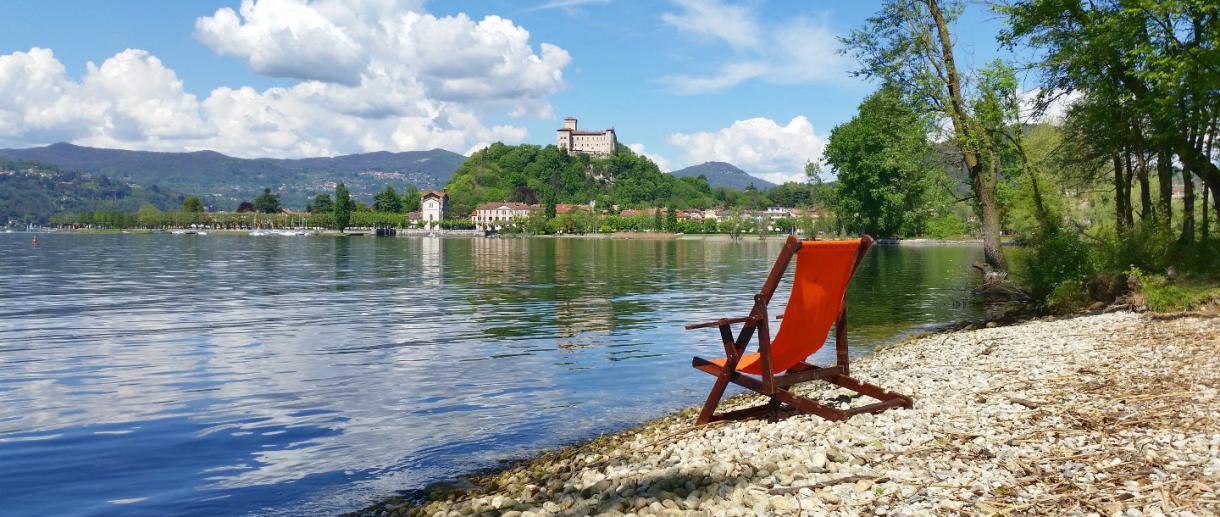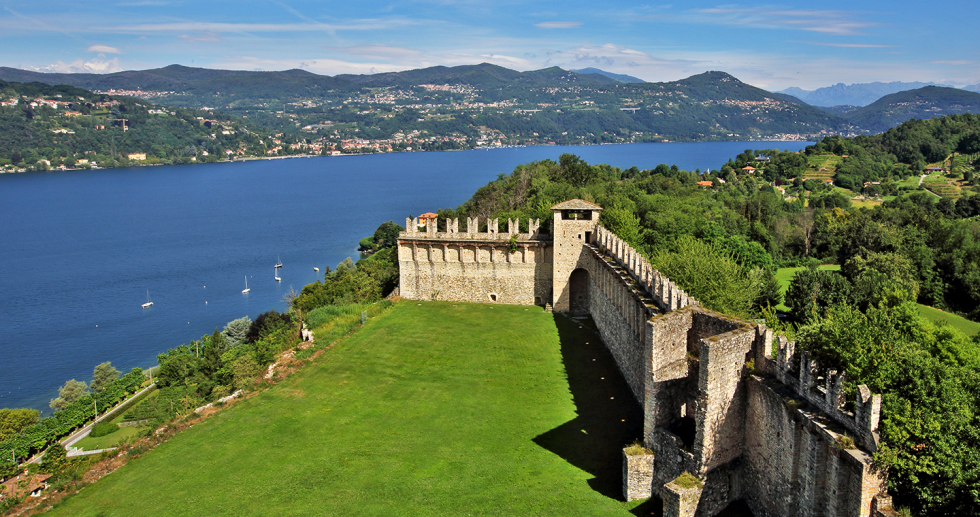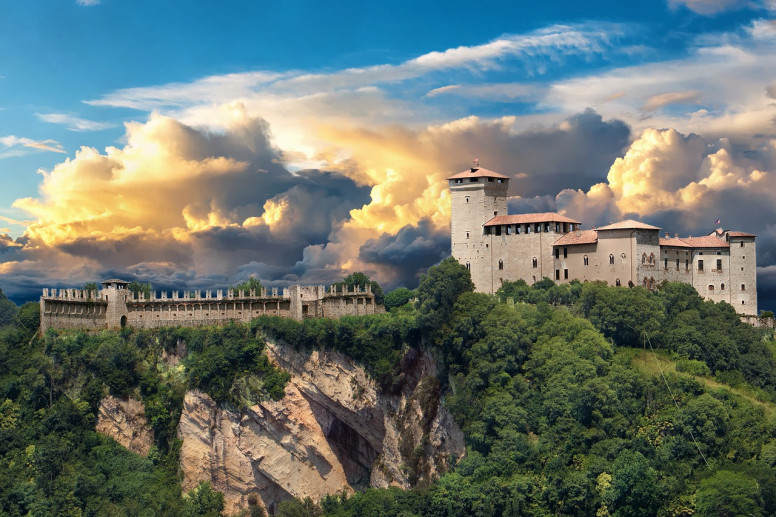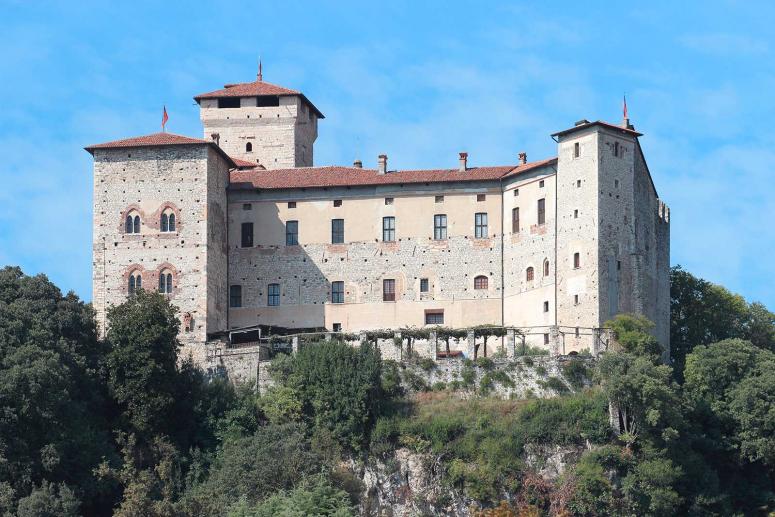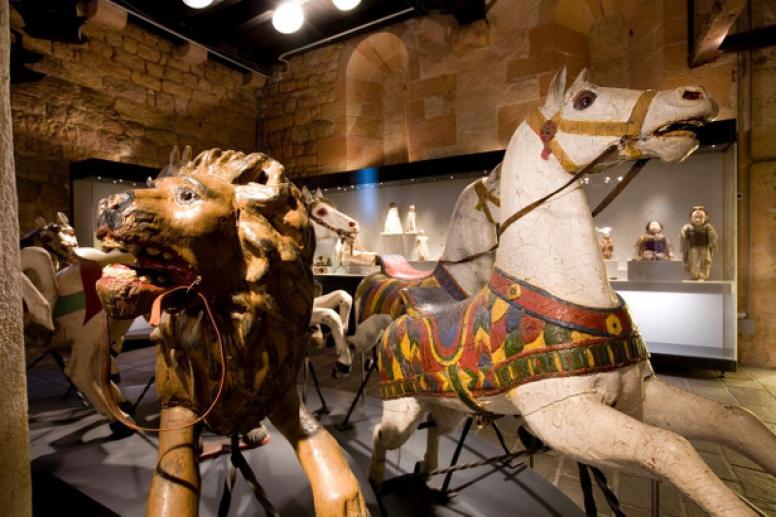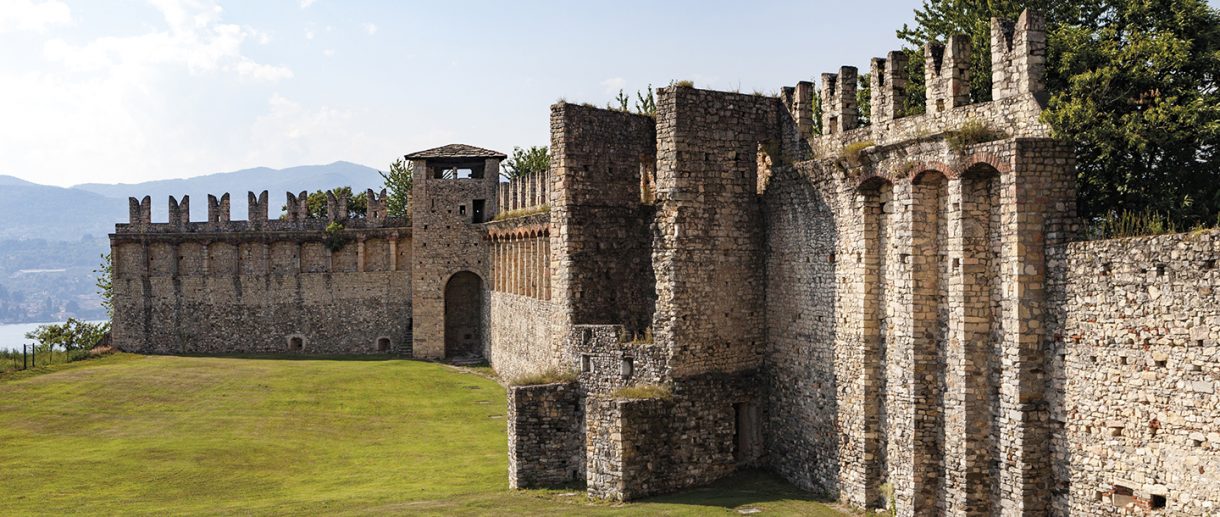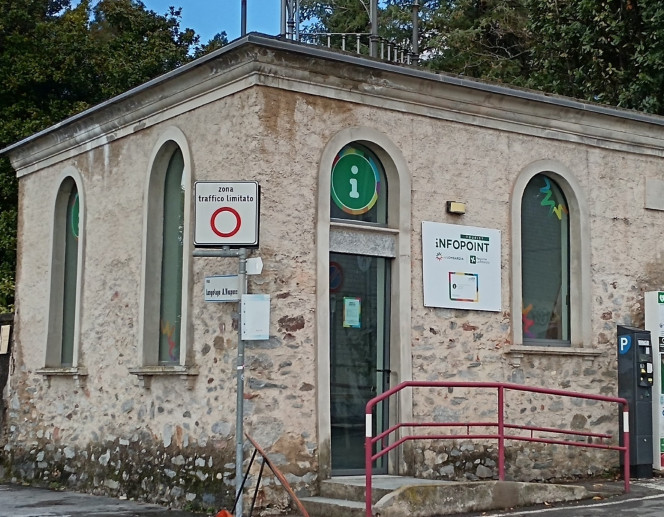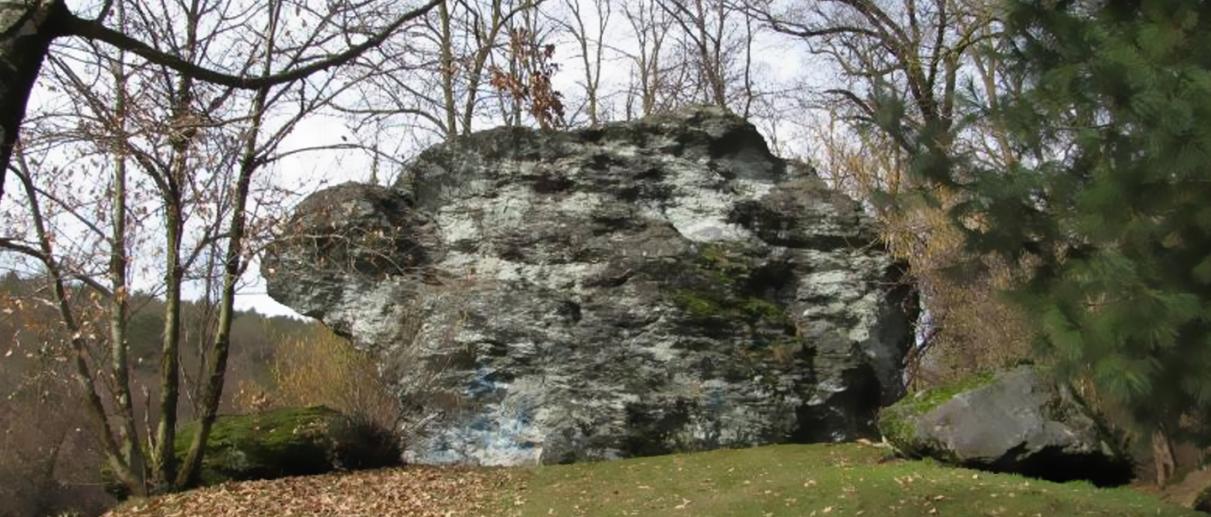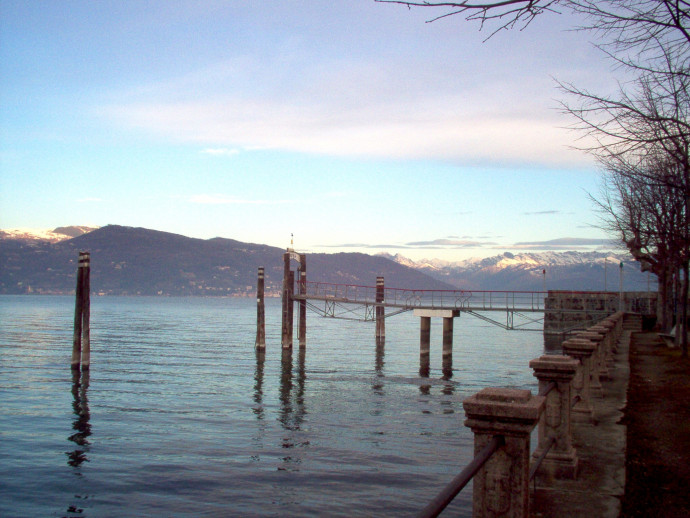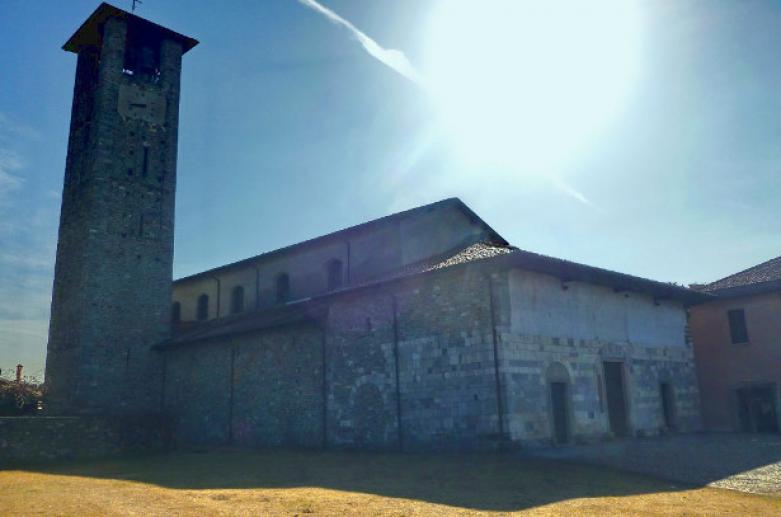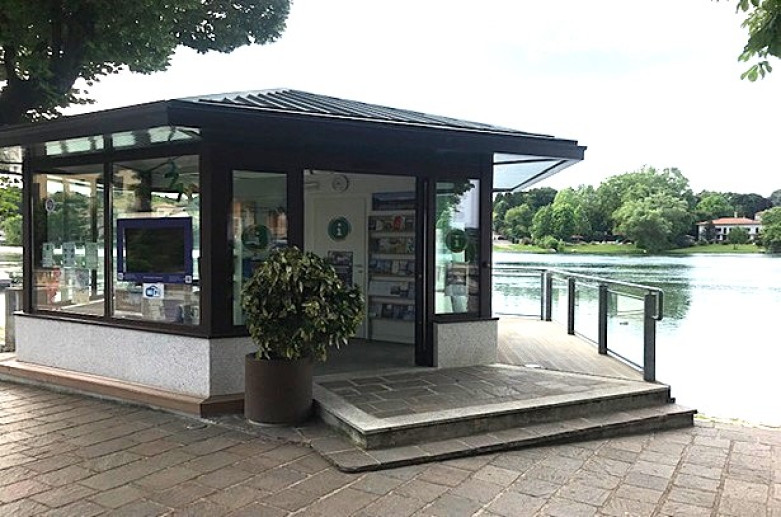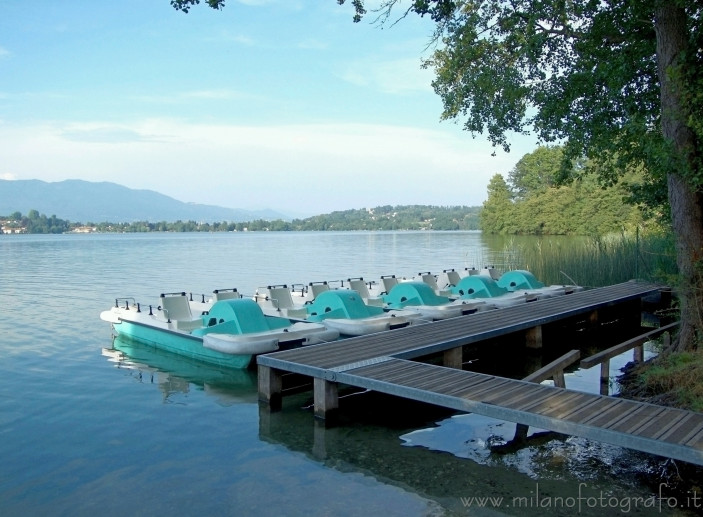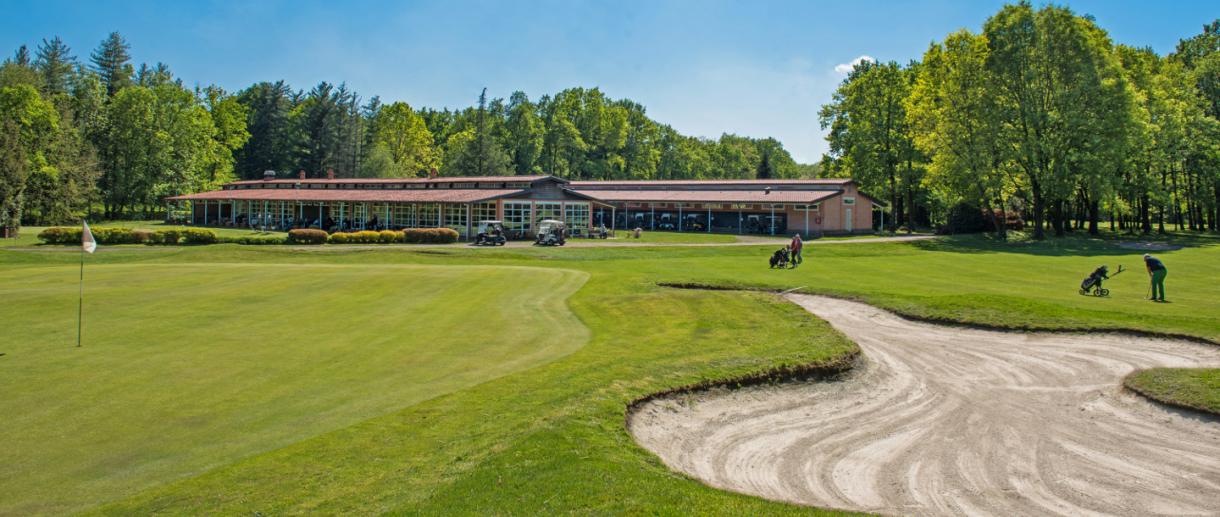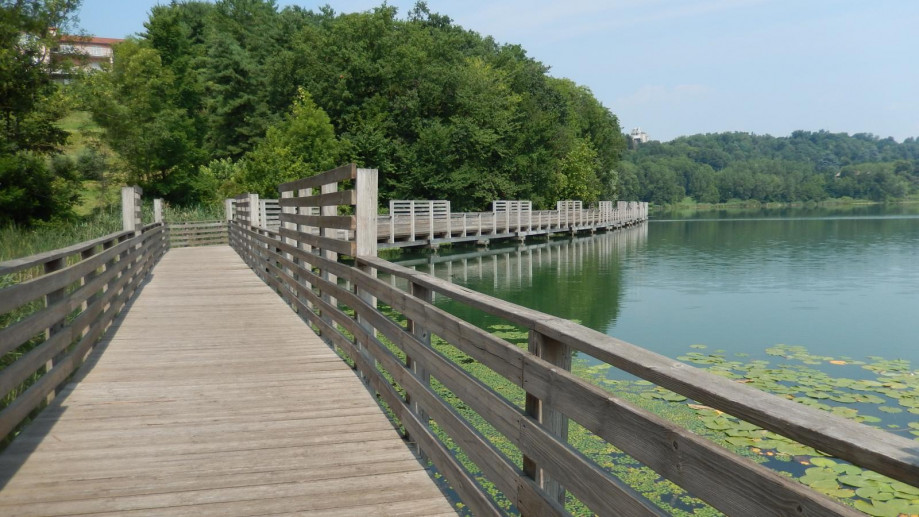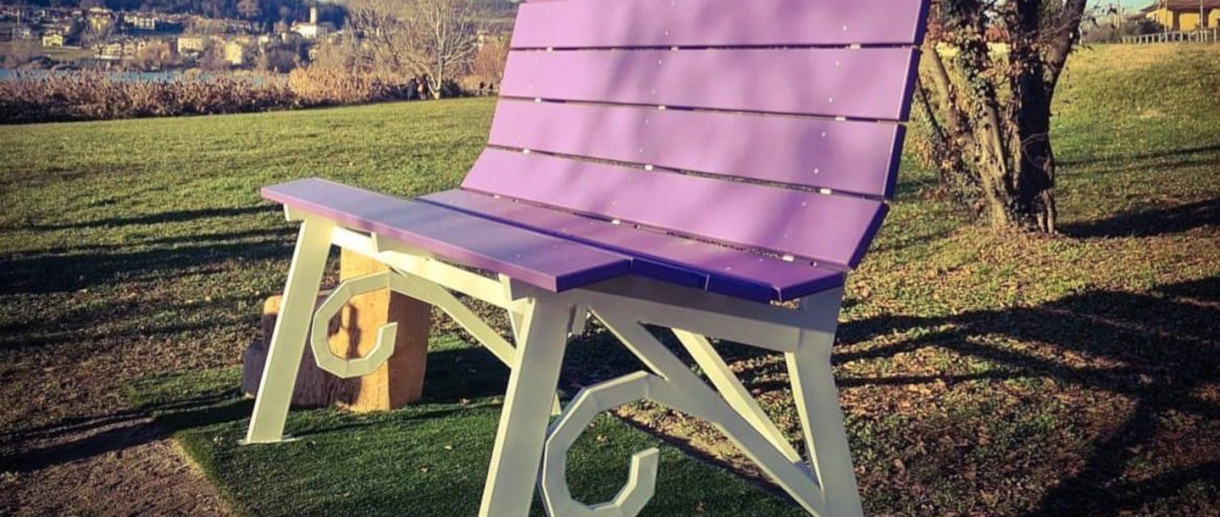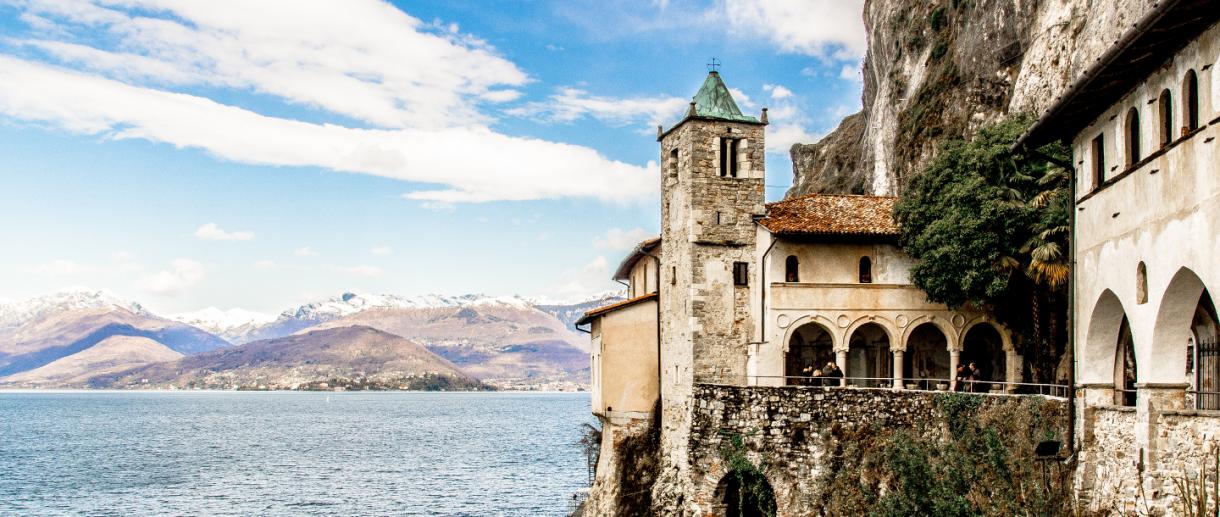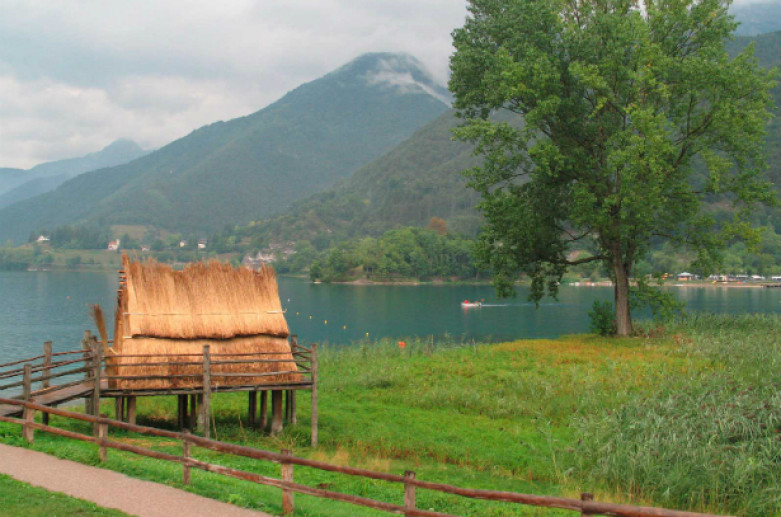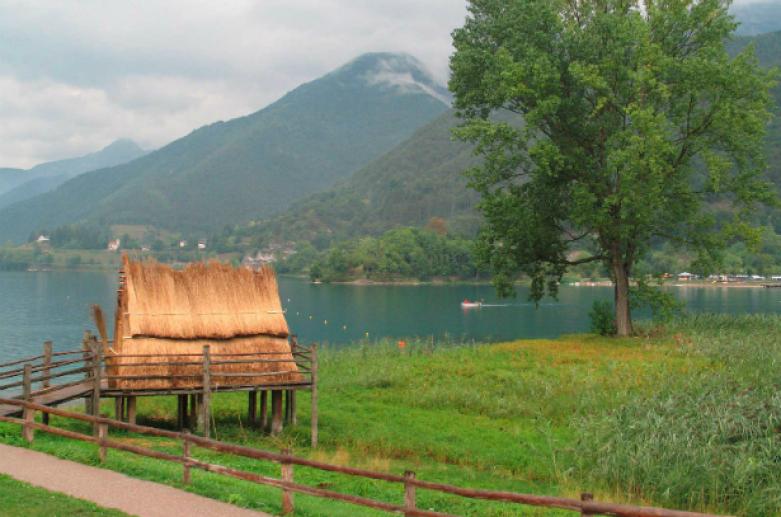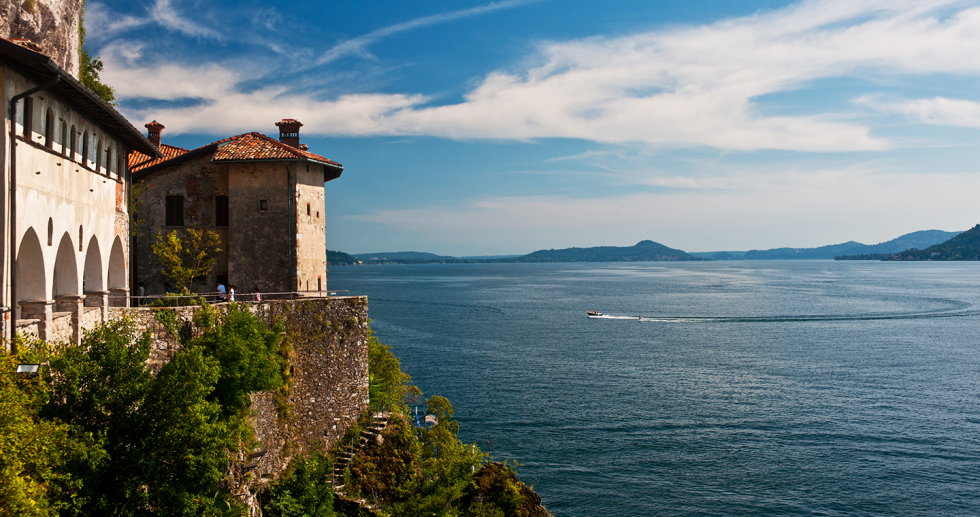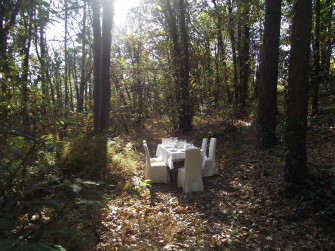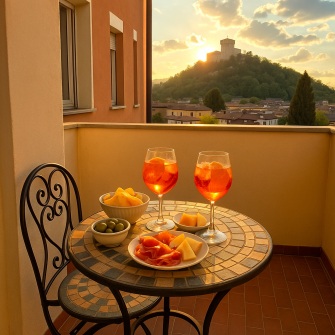- Art & Culture
Angera municipial archaeological museum
Angera, today a beautiful resort town on the Lombard shore of Lake Maggiore, has yielded the oldest evidence of human presence in the Varese area and was already in ancient times an important traffic station along the river-lacustrine trade routes straddling the Alps.
Excavations, conducted since the end of 19th century, are frequently resumed even today and always return significant finds.
The Municipial Archaeological Museum, located in the centre of the town, is hosted in a beautiful 15th-century building and collects the most important historical records of the area.
The first room is dedicated to Prehistory, with significat evidence from Upper Paleolitic to the Copper Age, including those found in the famous Grotta di Angera. In addition to the numerous original finds, a Tactile Table has been set up to allow all visitors to touch, smell and try out some of the prehistoric techniques attested in the area.
In the second room, the living area of Angera in Roman times is illustrated. There are numerous and significant testimonies to the culture, religion and structure of the ancient vicus, as well as coins and artefacts testifying to ancient trade relations with central Europe and the Mediterranean. A section is dedicated to rare and fascinating organic and food remains, including the Cislago olla containing rye, wheat and chestnut seeds, and the famous Panini di Angera, for which the village is second in Italy only to Pompeii.
Large space is dedicated to Roman necropolises, from which come numerous grave goods, glass, ceramic and metal artefacts, oil lamps, coins and small jewellery. From the early Christian cemetery there is a 6th century marble slab with an inscription in Greek: it is the funerary stele of an ancient merchant who lived and was buried in Angera, but was born in Sirya; the find confirms the great mobility of peoples throughout the inhabited world since ancient times. Under the portico on the ground floor, there is a beautiful Lapidarium with statues, altars and fragments of funerary monuments, which is also accessible to the blind.
The rooms also host the MABA, Museo Archeologico dei Bambini – Angera, a colourful exhibition, created for the needs of children, to make them feel at ease in an accesible environment, in which they can find iconographic explainations, stools to reach the highest showcases, thematic books and games, thanks to which they can learn together with their parents
The Archaeological Museum is hosted in the Palazzo del Pretorio, a 15th-century palace accessed from Via Marconi through a pointed arch portal in Angera stone.
The north side of a small courtyard is decorated with a portico supported by Angera stone columns with shielded and foliated capitals.
In the 18th century it was the seat of the Pretorio, which became the Pretura in the 19th century. In the early 20th century it housed the Town Hall, which was transferred after the war. Since 1982, the palace has housed the Museum on the first floor, where valuable evidence on the origins and history of Angera is collected.
Opening hours
Winter schedule (from 15 September to 20 December and from 1 February to 14 May)
- wednesday and thursday 10.00-13.00
- sunday 14.30-18.30
Summer schedule (from 15 May to 14 September)
- thursday 10.00-13.00
- saturday and sunday 14.30-18.30
CLOSED: from 20 December to 31 January
